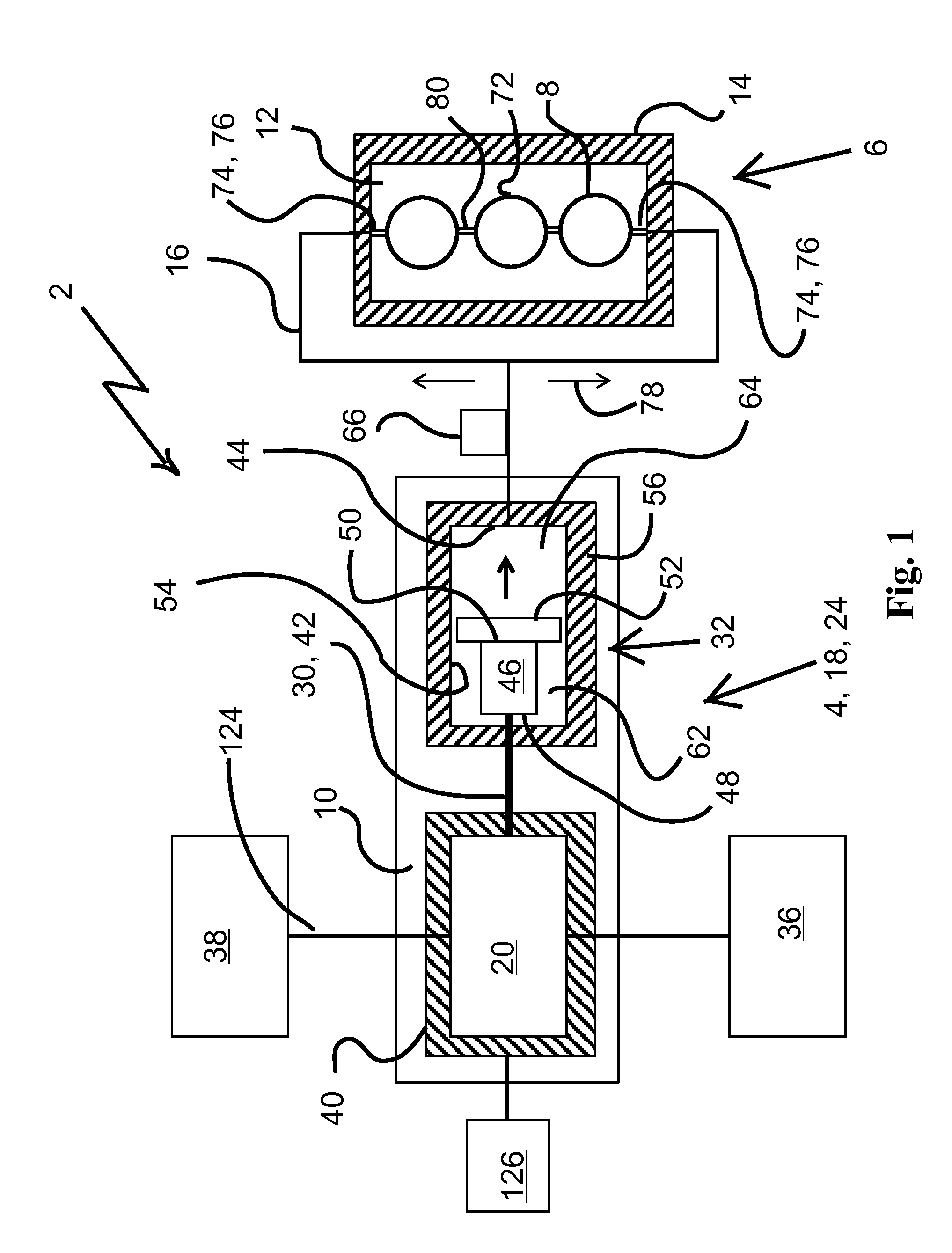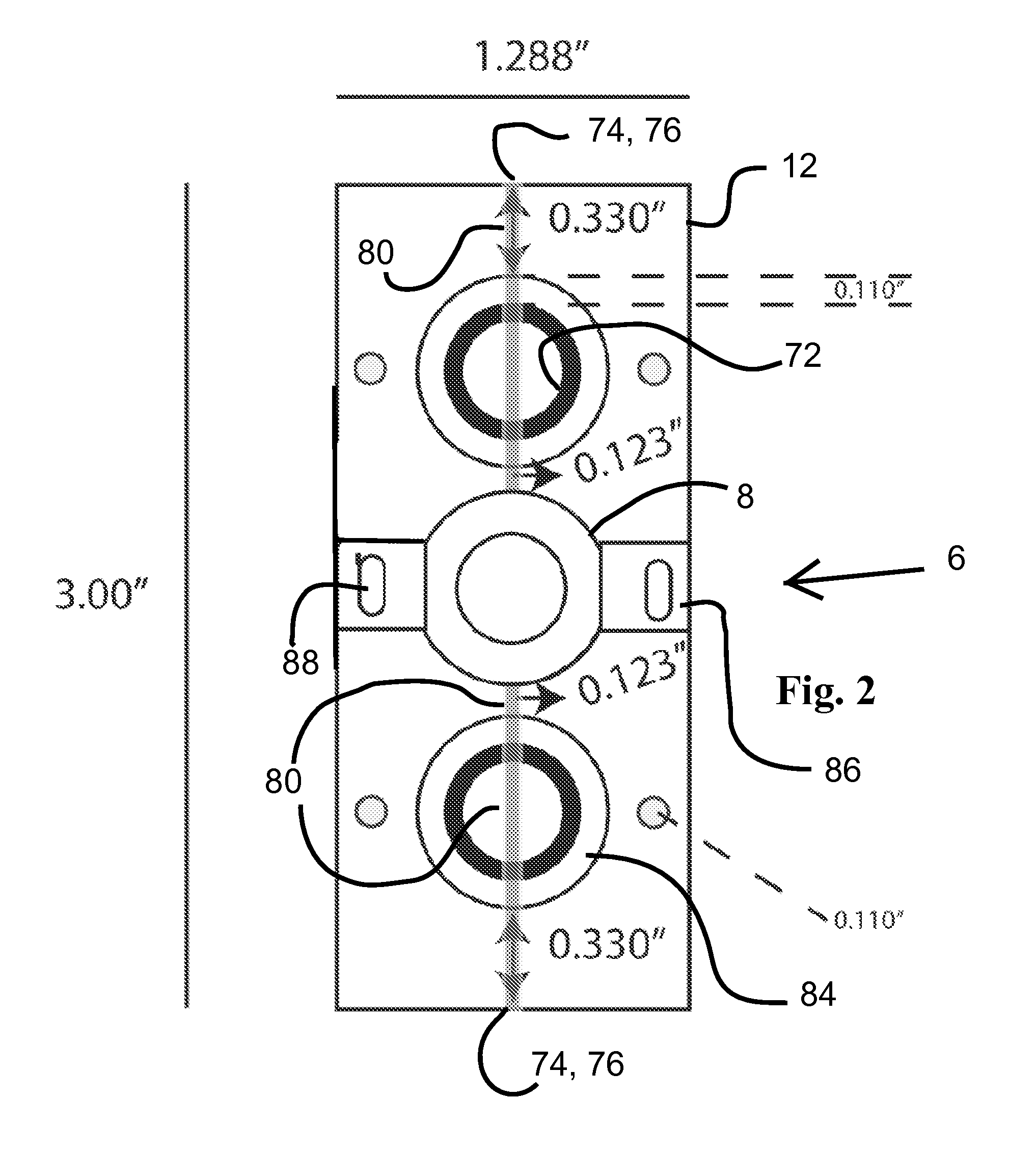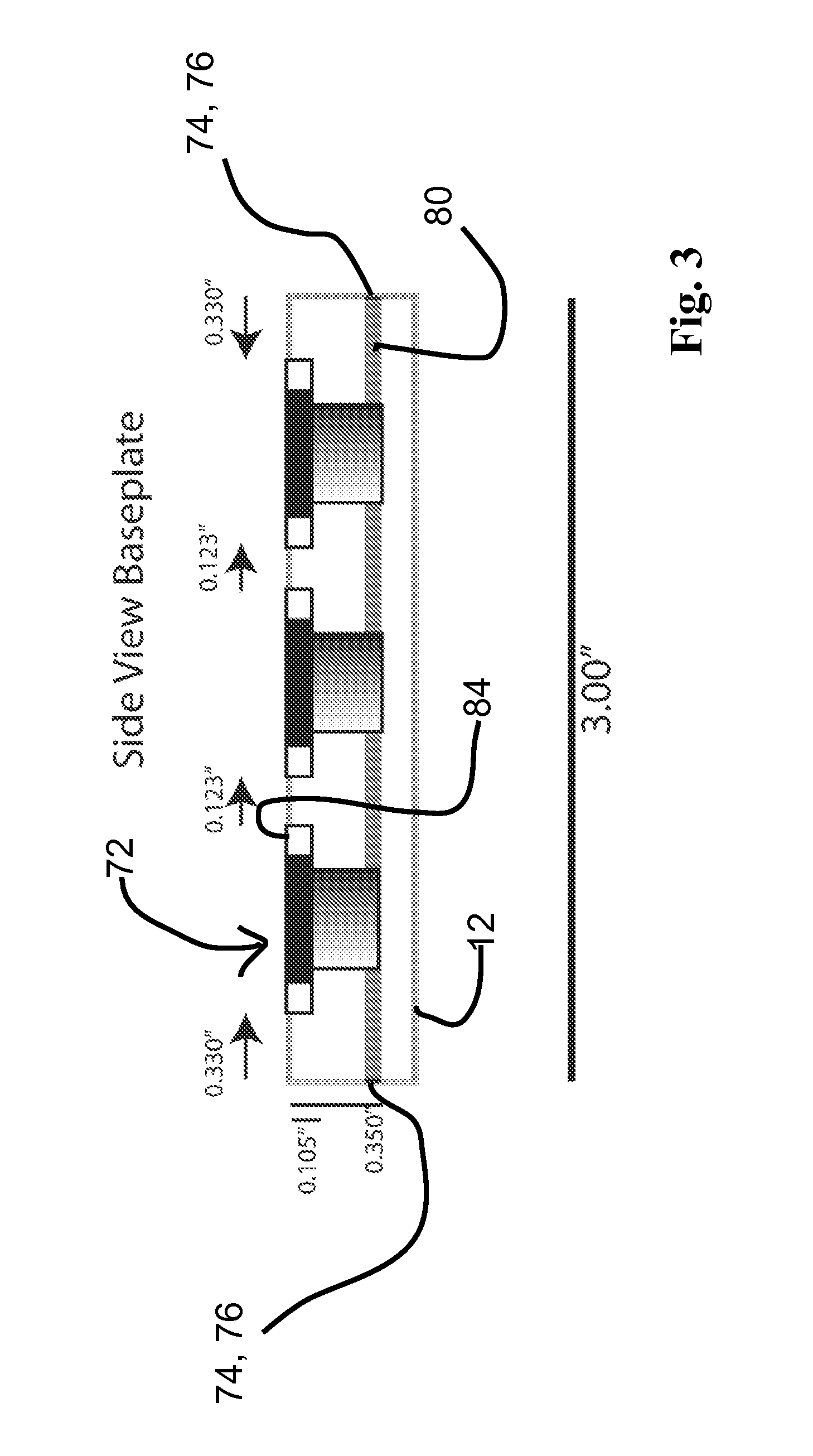Hybrid linear actuator controlled hydraulic cell stretching
a technology of hydraulic cell and linear actuator, which is applied in the direction of apparatus sterilization, biomass after-treatment, laboratory glassware, etc., to achieve the effect of prolonging uninterruptible duty cycles, being easily manipulable/altered, and being easily derivatizabl
- Summary
- Abstract
- Description
- Claims
- Application Information
AI Technical Summary
Benefits of technology
Problems solved by technology
Method used
Image
Examples
Embodiment Construction
[0042]The present invention will be understood by reference to the following detailed description, which should be read in conjunction with the appended drawings. It is to be appreciated that the following detailed description of various embodiments is by way of example only and is not meant to limit, in any way, the scope of the present invention.
[0043]Turning now to FIG. 1, a brief description concerning the various components of the present invention will now be briefly discussed. As can be seen in this embodiment, the hydraulic cell flexing device 2 is comprised of a source of variable pressured hydraulic fluid 4 and a flexing chamber 6 comprising one or more cell wells 8. The source of variable pressured hydraulic fluid 4 and the flexing chamber 6 are both preferably mounted on a single foundation plate 10.
[0044]FOUNDATION PLATE—In the embodiment shown a foundation plate 10 measures approximately 11.5″×3″×0.5″, though this can vary based on the spacing of the constituent parts ...
PUM
| Property | Measurement | Unit |
|---|---|---|
| length | aaaaa | aaaaa |
| distance | aaaaa | aaaaa |
| displacement | aaaaa | aaaaa |
Abstract
Description
Claims
Application Information
 Login to view more
Login to view more - R&D Engineer
- R&D Manager
- IP Professional
- Industry Leading Data Capabilities
- Powerful AI technology
- Patent DNA Extraction
Browse by: Latest US Patents, China's latest patents, Technical Efficacy Thesaurus, Application Domain, Technology Topic.
© 2024 PatSnap. All rights reserved.Legal|Privacy policy|Modern Slavery Act Transparency Statement|Sitemap



